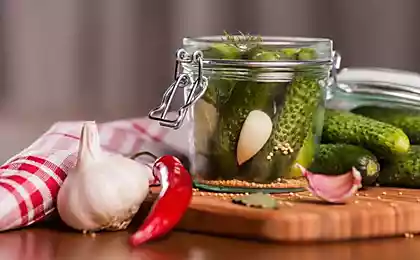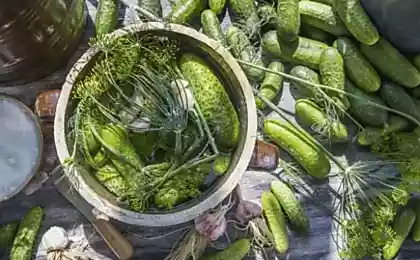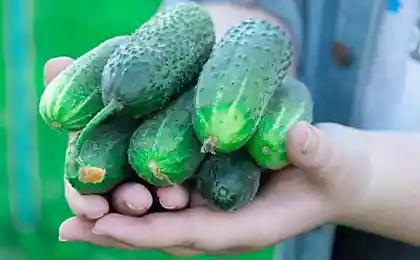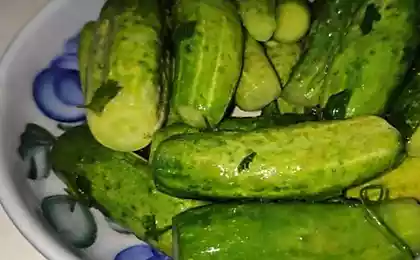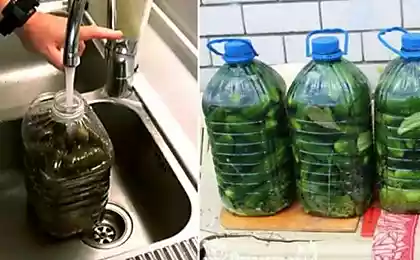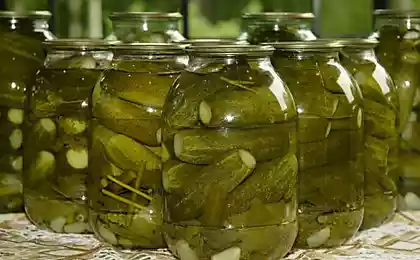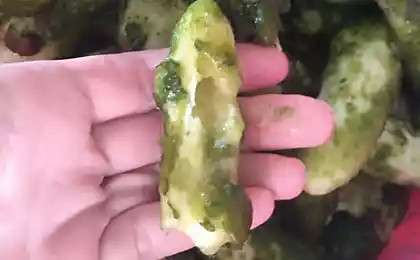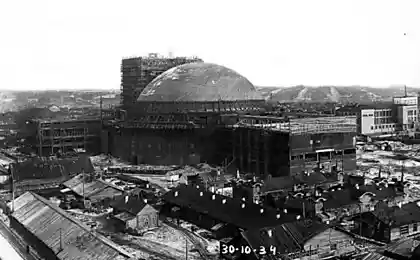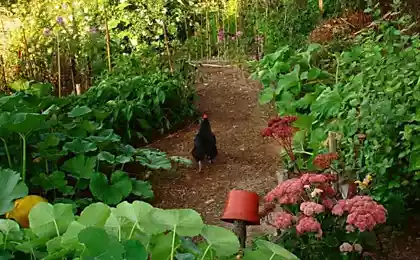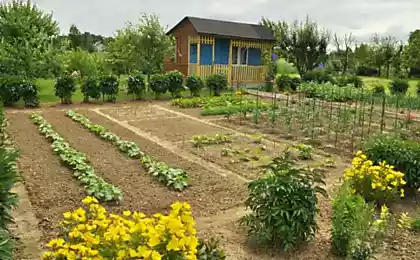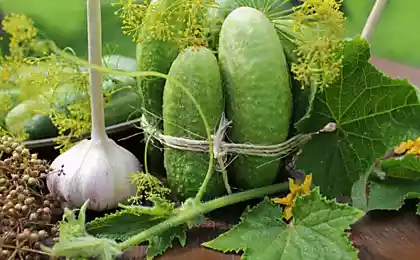581
Top 5 urban farms in the world: why people grow cucumbers and sheep in the center of cities
To cultivate the garden in the center of the megapolis seems absurd. Nevertheless, the urban farm – the farm in the courtyards of skyscrapers, on the roofs of factories or abandoned areas – are gaining popularity. While they are tens, but appear all over the world: London, new York, Los Angeles, Asia and South America. What it looks like and why "rural life" of the townspeople, we tried to understand the example of five urban farms with a unique story.
"Malchut" salvation ofcommercial zastroyku Central London on the Isle of dogs, among the flower beds and greenhouses wandering ducks, geese and llamas. This "Malchut" is the oldest urban farm in the British capital, created in 1977. Neighborhood residents then just decided to save the area from commercial development and dug up the first bed. Now hundreds of beds, and next rise newly built malls and skyscrapers.
For plants and animals (the latter, incidentally, are granted full freedom of movement) look after the volunteers. Entrance to the farm is free, the work also brings nothing but pleasure.
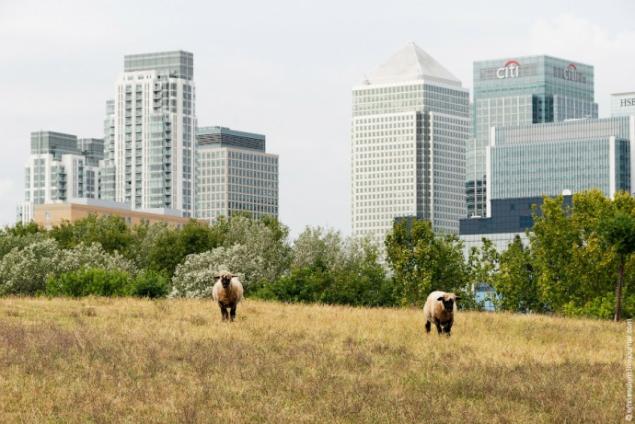
"Mudchute" we constantly conduct lessons for primary grades, arranged "team" events, master classes digging garden beds and cooking. There is enough space to lecture a couple of hundred people. You can do almost anything you want, but only if not to forget to feed feathery and furry inhabitants, to pull random weeds and sometimes plant something new.
Thanks to the "Madstu" the farm became popular, and now they are in most cities in the UK. The "Malchut" is entered in all putevoditeli became a full-fledged tourist attraction with no commercial benefit.
"Brooklyn Grange": teleyision 4000 square metres of the roof of an abandoned factory grow annually 23 tons of plant-based foods: from tomatoes to pumpkins for Halloween. This is the largest farm on the roof of the world "Bruglingen".
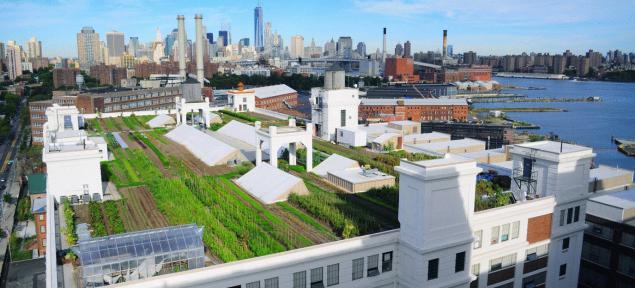
The farm in 2010, created a couple dozen friends, neighbors. Albela purely commercial – they wanted to sell what was raised. A year grown on the roofs of the vegetables were regularly delivered to local restaurants and farmer's market.
To get to the factory 10 tons of earth, the founders took only six days. Remoteness from major highways, the relative height and 40 hard-working hands turned the roof Brady neat garden beds that produce large and tasty vegetables.
Volunteers at the farm are welcome, but to look back you can and just to get some fresh air and buy some vegetables for a homemade salad. The days of the "open roof" are held every Saturday from may to October.
H. O. R. T. U. S: algae-биореакторы
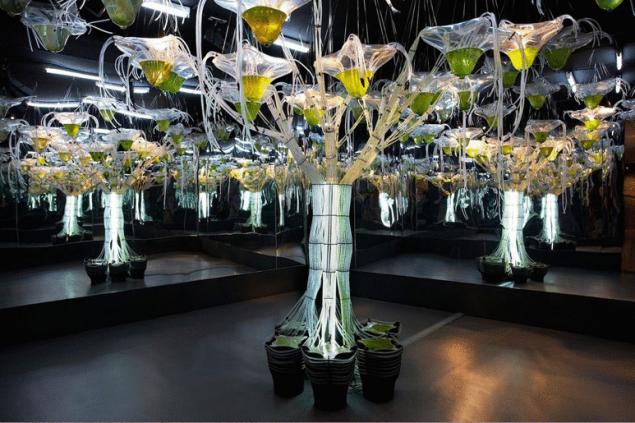
H. O. R. T. U. S. project of the London design Agency EcoLogic. This is the cyber garden of algae, which produce energy for the sustenance of office space.
Algal garden does not need the beds. Every Bush hanging from the ceiling in a plastic bag with water and is a miniature bioreactor. It produces biomass energy and oxygen. Some bags still living and luminescent bacteria, which create a weak, "mystical" lighting in the rooms.
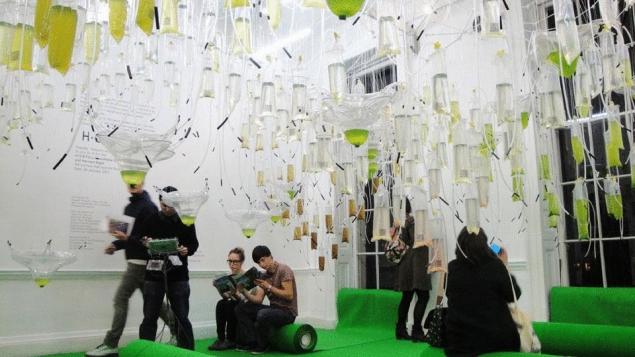
The garden lives at the expense of people – visitors of co-working space. They exhale carbon dioxide and feed the plants. Energy self-sufficiency office are not yet out, but designers are striving for.
In H. O. R. T. U. S. is additional interactivity to each pouch attached QR code, which is constantly updated. It contains information on the growth stage of a Bush of algae, about how much they've made of energy. This information is automatically sent to Twitter, and everyone can tell your friends about the urban farm of the future by pressing just one button.
UrbanLeavesVolunteers: hundreds of farms that save horodniceanu all in 1992, when Preeti Patil lived nearby sports Mumbai. She constantly thought about how thousands of his employees every day in the mess hall, and the waste from this mess go in the trash to decompose, filling the unpleasant smell of the whole area.
Preeti decided to make a garden on your terrace and agreed with the leadership of the port dining room that part of the waste they will deliver the woman as fertilizer. So the first gorodskaia movement UrbanLeavesVolunteers. The movement was founded the same to Come, but much later – in 2004. Now there are thousands of people in Mumbai to create their own urban farm to feed themselves or to protect their world from excess waste.
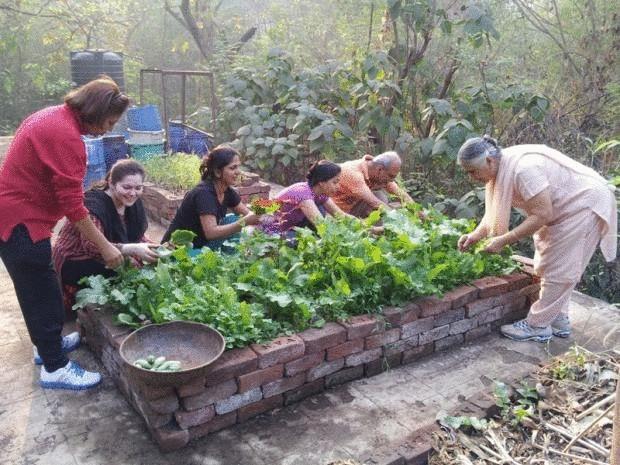
In the Indian movement take an active part of the school. The first joined him RosarySchool– school for difficult children from poor families. The farm began to feed these guys and occupy their free time. Recently, the movement was joined by the city's parks – they are forces pensioners arranged farm for growing medicinal plants.
In conditions of terrible overcrowding, lack of recycling, the growth of teenage crime and prosperity poverty farmers movement UrbanLeavesVolunteers looks like a desperate move to self-rescue.
The Collingwood Children's Farm: all for detana banks of the Yarra river, with the blessing of the administration Melbourne, in 1979, established The Collingwood Children's Farm. Here everything is done to children, to students of Junior and middle classes could get acquainted with animals, spending time outdoors and learned to love it.
Even if you're not six years to get there as easily as first-graders. Any assistance is required. Every day at 16:00 random visitors can milk the cows; a few times a year guests, if they're lucky, can feed from a bottle to a newborn lamb.
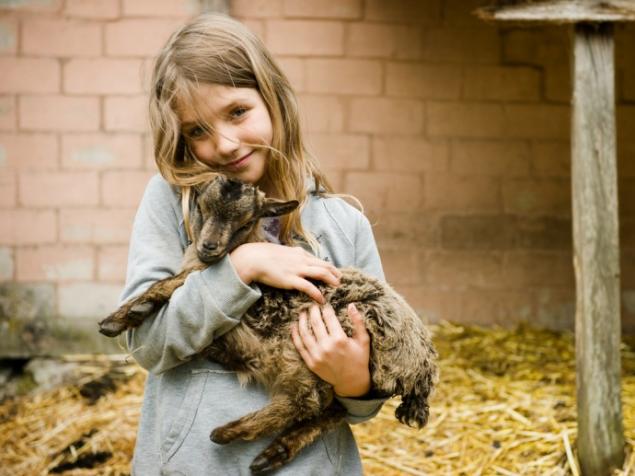
The farm is engaged and growing: next to the river great grow vegetables, fruits and fodder plants for furry creatures.
In Russia the farmers ' movement in the cities too early. There are small private gardens on a couple of beds, there is a company LavkaLavka, which sells products directly from the gardens and support farmers, businessmen, there are flower beds under the Windows of five-story panel. The experience of cities shows that the appearance of the farms spontaneously and they appear very quickly, with just a dozen people. Just have to wait. Or something to do.
источник:think-blue.ru
Source: /users/1077
The Chinese made water wheel modern washing machine
Hypnotizing things, showing how and what is happening in this world

